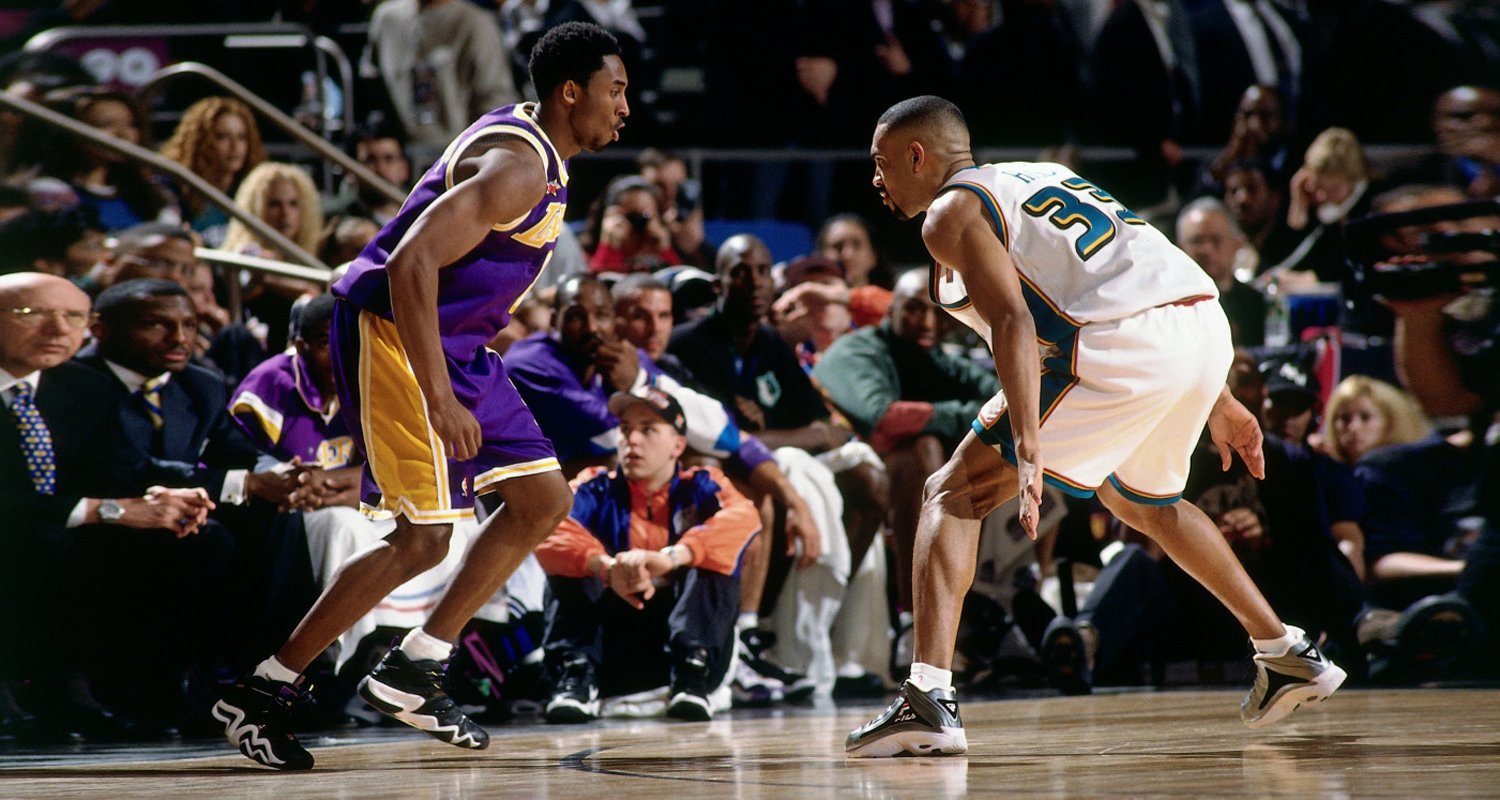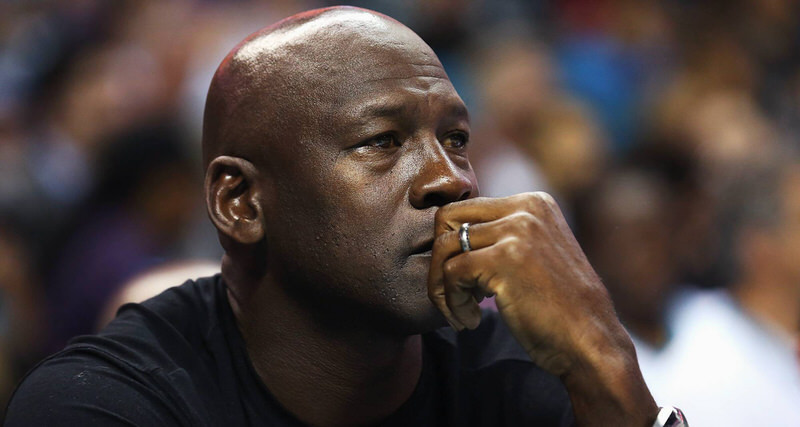This post may contain affiliate links. Please read our disclosure policy.
| Nate Jaffee has been a sneaker aficionado for his entire life and spent much of his career in marketing and strategy positions in the sneaker industry. He started in Sports Marketing at “the original” AND 1 and most recently, he was Director of Strategy at PUMA. Currently, Nate lives in Austin, TX and works at social media startup Mass Relevance. |
With sneaker sales at an all-time high and the mainstream media cranking out stories about sneakerheads, the sneaker industry seems to have its own version of Darren Rovell. His name is Matt Powell. He is the guy that The Wall Street Journal or ESPN.com goes to for an authoritative quote when they’re writing about the sneaker business. Forbes Magazine hired Powell last year to write a column called “Sneakernomics.” But Powell waded into water that is over his head in his most recent column, “Sneakernomics: Are Sneakerheads Important?”
Powell’s answer to this question is a polite but stubborn “no”. Conveniently forgetting that the prominence of sneakerheads today is the reason why Forbes hired him in the first place, he turns his nose up to the community, dismissing its financial impact on the industry as “minor” and downplaying its cultural influence outside “the echo chamber that is sneaker culture.” His view of sneakerheads is so out of touch and misinformed, I felt the need to set the record straight:
1) His claim that Sneakerheads have a “minor impact” on industry sales is BS. He says Sneakerheads account for only 5% of industry sales. But he fails to mention that virtually all of the $18B industry’s growth in 2013 came from sneakerheads. Based on SportsOneSource data (the same that Powell uses), the “fashion basketball” sub-category, where the average price is above $100, reached $3.6B in sales in 2013 — an increase of 27% versus 2012. If you take away the ~$600M in growth generated by that high-end basketball segment, footwear industry growth as a whole goes from around 4% to around 1%. It would be crazy to call that a minor impact. Mark Parker would get hell from Wall Street if you took away the increased profits generated from Nike’s high end basketball sales in 2013. I don’t care how you define “sneakerhead” — there is no growth in the athletic footwear category without them. 2) Powell doesn’t get the importance of influence or trends on sneaker sales. Sneakerheads didn’t buy every one of of those $100+ Nike basketball sneakers. In fact, they probably wouldn’t be caught dead in some of them. But starting with pricing, sneakerheads have a profound impact on how Nike merchandises its footwear collections these days. Sneakerheads’ insatiable appetite for “heat” means prices for signature products like the LeBron XIs or KD VIs and every retro Jordan reach the $200+ range. Setting such a high price allows Nike to raise prices across the collection, because suddenly $140 doesn’t seem so crazy when the new LeBrons are $250. That, in turn, increases profits, encourages retailers to offer more high priced sneakers and suddenly even non-sneakerheads get used to spending $140 for sneakers that will never touch a basketball court.
That’s the influence that sneakerheads wield on the market. Sneakerheads wield a similarly large cultural influence when it comes to trends. Powell himself has cited the shift towards premium athletic styles as a major trend that’s hurting teen retailers like Abercrombie & Fitch and Aeropostale. Who does he think made it cool to rock expensive kicks on all occasions?
Sneakerheads have also infiltrated pop culture. One day it’s adidas making a major investment in sneaker icon Kanye West. The next, it’s 106 and Park host (and known sneaker freak) Terrance J getting hired as the anchor of E! News. Even Mindy Kaling wrote sneakerheads into a storyline in an episode of Fox’s The Mindy Project this season. All of this is part of sneakerheads’ move from the margins (and their parents’ basement) into the mainstream, where they’re arbiters of cool. A pattern that Powell seems to have missed.
3) Powell ends with a cheap parting shot aimed at sneakerhead media outlets. Referring to their fear of offending the brands they depend on, he writes, “Because the sneakerhead media is unwilling or unable to speak the truth to power, their influence is very limited.” He’s comparing apples and oranges. Nice Kicks was never created to stake out positions the way The Atlantic does. Maybe Powell has missed the out on the rise of internet-based media companies like Gawker, Mashable, or anyone dedicated to a product category – whether that is video games, skateboarding, Apple products, guns or fashion. Media outlets are in the business of creating content that feeds their audience’s obsession with a set of people, products and issues … and then connecting advertisers who are interested in those audiences.
Matt Powell may be an expert in retail sales numbers and market share, but he’s tragically out of step with the culture that drives the business.




